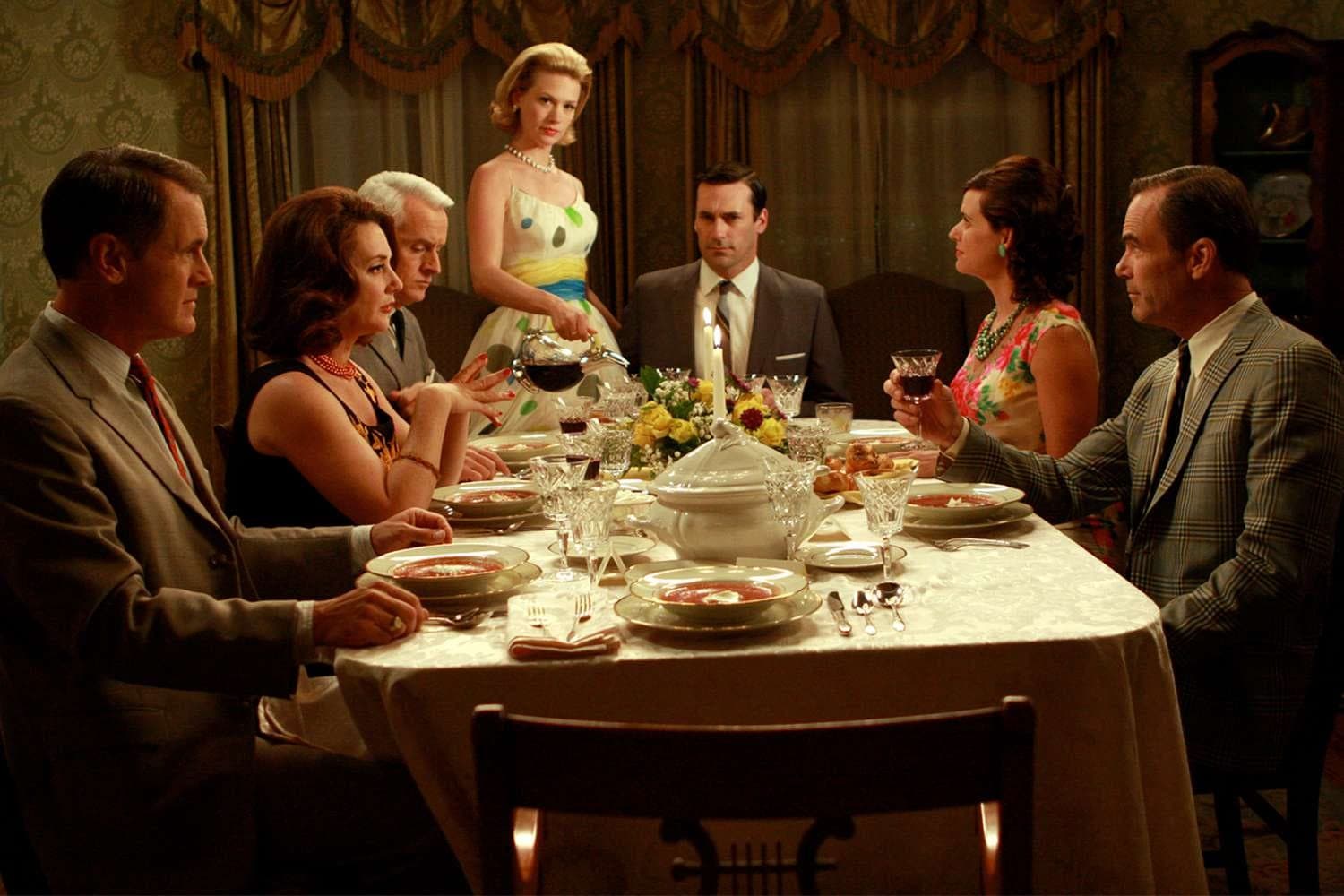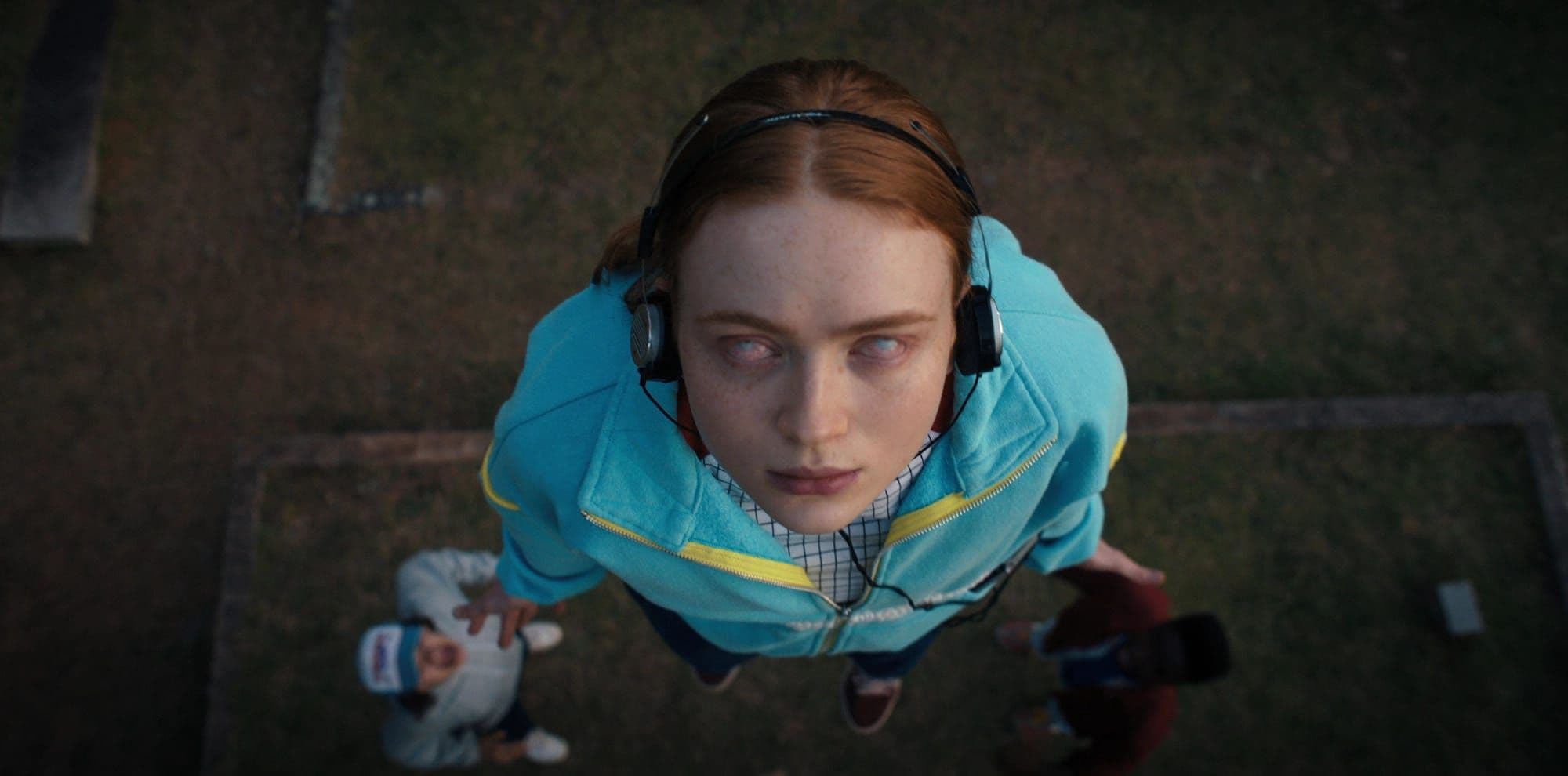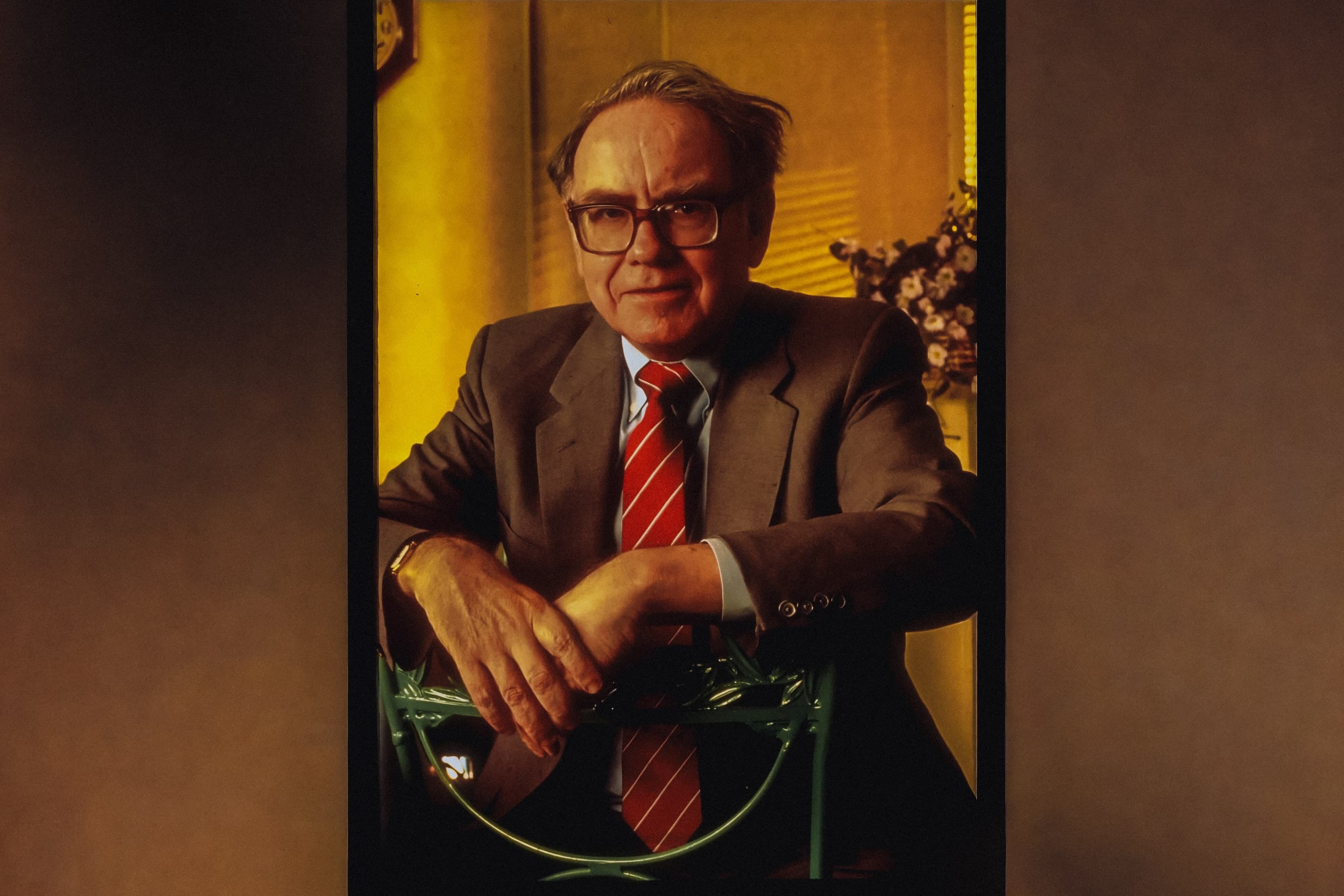A.I. summer. I was in Northern California for a work event a couple weeks ago, walking through a quiet redwood grove, when I stumbled into a bit of service, decided to scratch my Twitter itch with a quick check into the chaos engine, and found myself face-to-face with an A.I.-generated demonic entity named [REDACTED]. In a lengthy thread, a user named Supercomposite narrated her journey with one of the recently-popularized machine learning models native to the phenomena of “generative art.” For people less familiar with the subject, this is a technology capable of reading a written description provided by a human, and generating an original image based on that description. Long story short, the summer of 2022 has been a whole, wild season of robots dreaming — and then painting — electric sheep. But in the case of [REDACTED], Supercomposite purportedly ran a kind of opposite search on a descriptive piece of language with the hope of finding an image the A.I. considered least like her chosen description. The result was strange, but benign. She then ran a similar search on that initially strange result, and a deathly, haunted looking woman with sunken, soulless eyes appeared. Supercomposite, a self-defined “hellmaxxer,” happily tugged the yarn with further searches, and the haunted figure of [REDACTED]’s haunted world, populated by a host of haunted friends, gradually expanded. The discovery was finally shared on Twitter, and the images went viral. Catholics and astrology chicks had questions.
Why did Supercomposite give the cursed thing a name? Why did she pick a name associated with demonology? Most importantly, had she — and we, by extension, as we shared the thread — created an egregore, inadvertently (or purposely) unleashing a malevolent thoughtform on an unsuspecting memespace?
Okay. My purpose here is not to imply A.I. has opened a literal gateway to Hell. But just a few months into semi-popular use, generative machine learning models have acquired a mythology, including a mythology of horrors, and the implication here is meaningful. People are both excited and afraid, emotions that tend to rise when confronted with something new. In the case of deep learning, I believe we are dealing with something fundamentally new, standing on the precipice of paradigmatic change in magnitude not seen since the invention of the internet. There’s incredible promise here. There are also valid concerns. For the purpose of this wire, I’ll focus on the narrow space of creative work.



